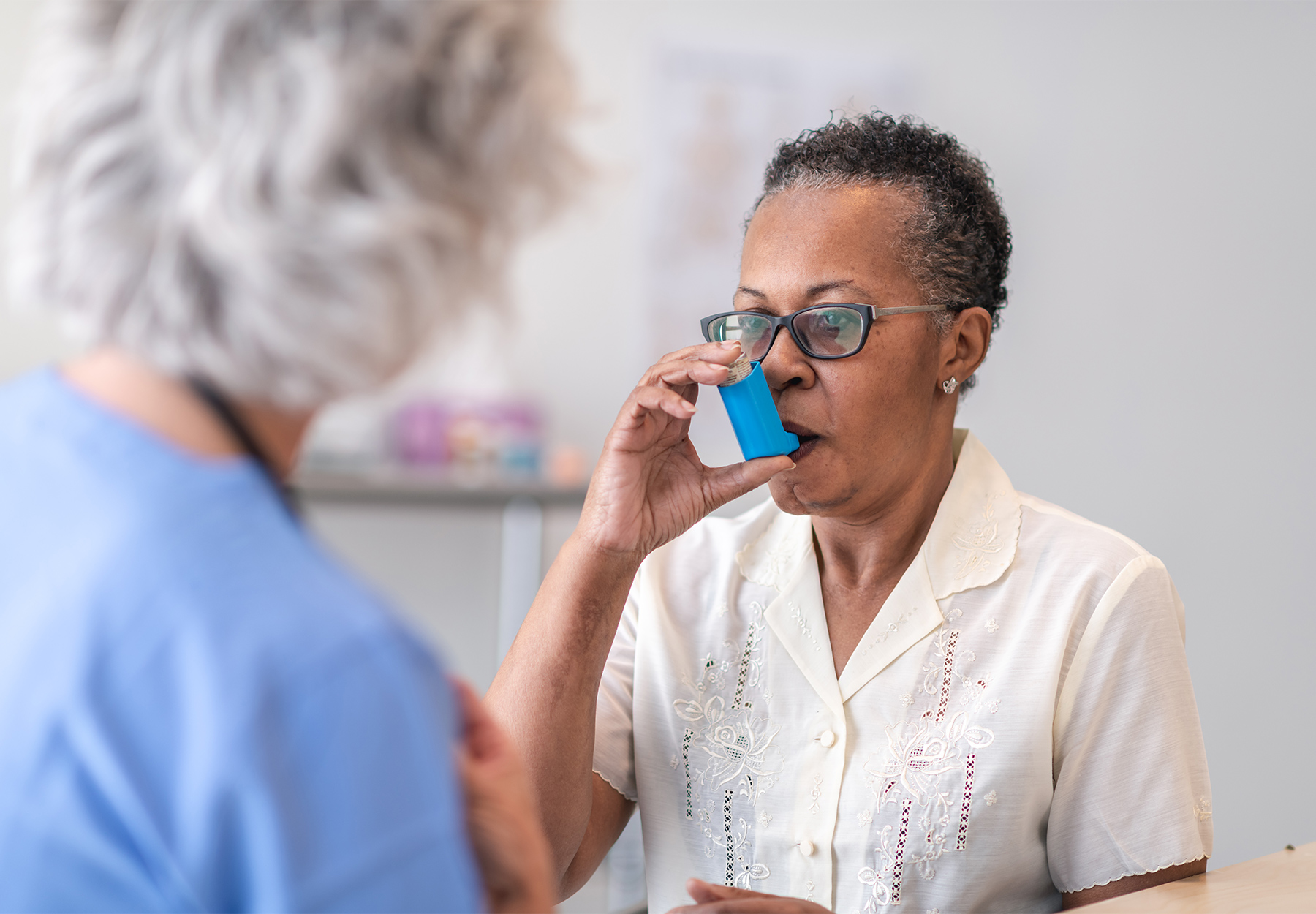Smart inhalers could be a key solution to the drawbacks of current options on the market, which many people with respiratory disorders do not use correctly. According to analysis released by Persistence Market Research at the end of 2021, the smart inhalers industry will hit a net worth of $1 billion US by the end of 2031, at a compound annual growth rate of 23.5 percent.
These devices are essentially digital versions of regular inhalers used to treat respiratory conditions such as asthma. They allow patients to track when their last dose was taken, evaluate their technique, and send reminders for the patient’s next dose, among other features. These abilities are important, given that patient misuse is a key reason why patients often do not get the correct amount of medication with traditional inhaler products.
Drivers of Growth, with a Note of Caution
Both smart inhalers and sensors that turn regular inhalers into smart versions have begun receiving approval from the U.S. Food and Drug Administration (FDA) in recent years, with the first sensor (Propeller Health’s Propeller platform) getting approval in 2016 and the first smart inhaler (Teva’s ProAir Digihaler) receiving approval in 2018.
According to the Persistence Market Research report, factors driving the growth of the smart inhalers market include:
- Increasing frequency of respiratory disorders such as asthma and chronic obstructive pulmonary disease (COPD)
- Rise in demand for therapies and treatment of these conditions
- People becoming more aware of smart inhalers’ benefits
- Growth of technology in the medical industry
However, the analysis notes that, “Lack of awareness in underdeveloped economies is a major restraining factor for market growth.”
The Biggest Markets
Currently, North America holds the biggest share of the global market for smart inhalers as adoption is high, the report states, adding that the market in China will likely grow at the quickest pace through the next decade.
Given that respiratory disorders such as asthma and COPD cost the US billions of dollars a year, according to the Asthma and Allergy Foundation of America and the CDC, and cases are becoming more frequent, better methods for treating and managing these conditions will be essential moving forward.
Look for more on smart inhalers in an upcoming issue of Diagnostic Testing and Emerging Technologies.
